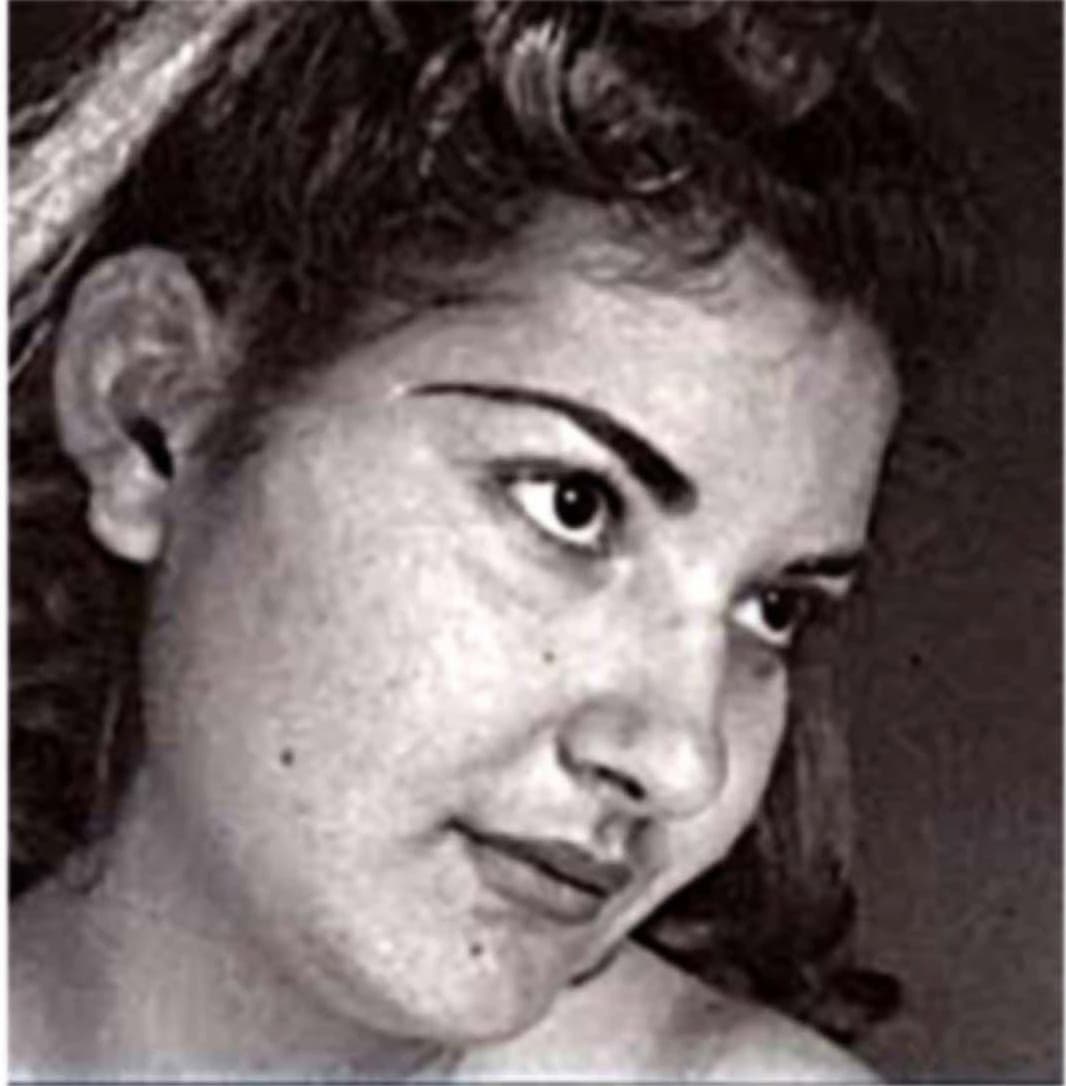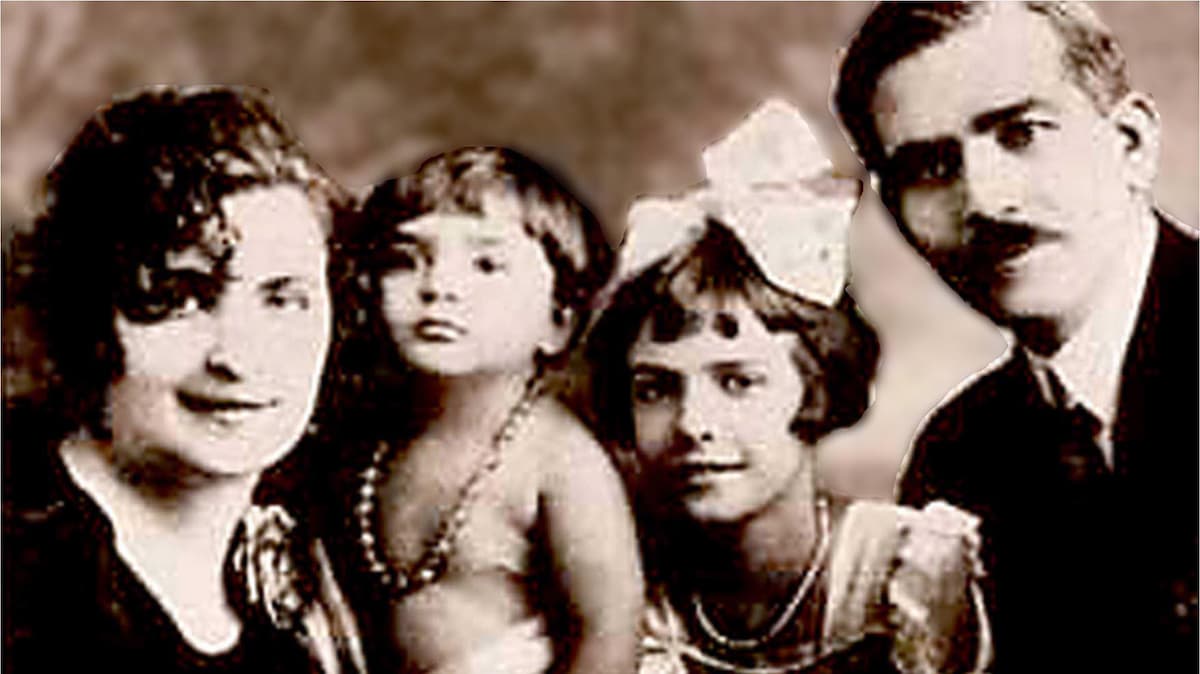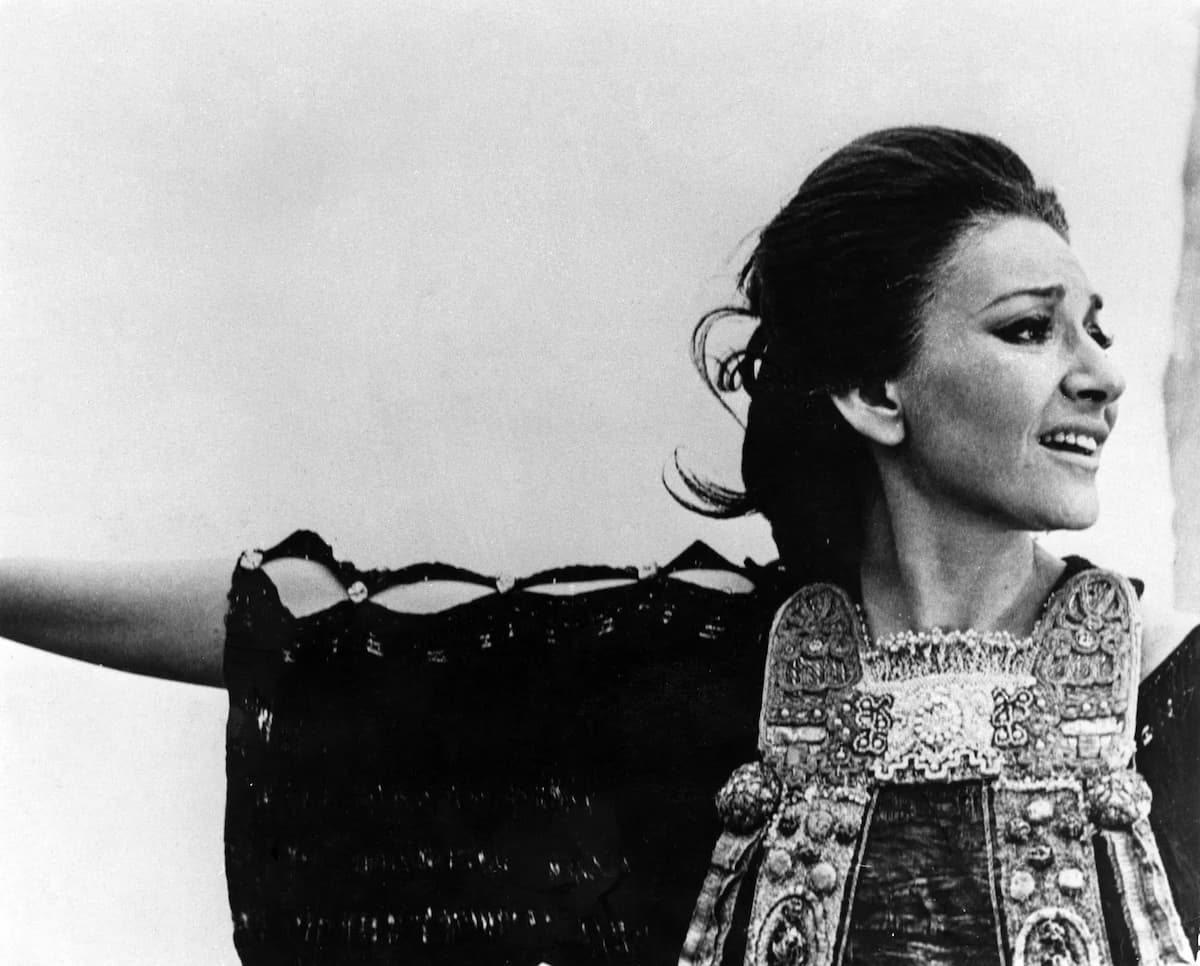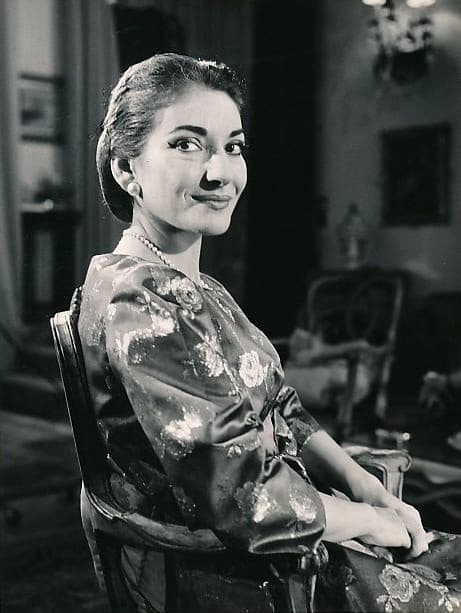Maria Anna Cecilia Sofia Kalogeropoulos, better known as Maria Callas, was born on 2 December 1923 in New York City. She was the daughter of Greek immigrant parents, and her father shortened his surname to “Kakos” and subsequently to “Callas,” to make life slightly more manageable. As her mother Evangelia writes in her semi-autobiography, “when Maria was born, I did not look at her for I had wanted a son.” As such, the seeds for a seriously troubled relationship between mother and daughter were already sown at Maria’s birth.
Maria Callas Sings Bellini’s Norma, “Casta Diva”
Immigration

Maria Callas as a young girl © Maria Callas Estate
Evangelia recalled that her “darling son Vasily had only been three years old when he died in Greece a few months ago. Ever since his death I had prayed for another son to fill the empty place in my heart. So my son was another girl!” In the event, it took Evangelia four days before she actually looked at Maria for the first time.
The family had arrived in New York on 2 August 1923, when Georges sold his apothecary and house without his wife’s knowledge. Evangelia had always been warned that Georges was a shifty and unstable character, and within six months of being married Evangelia understood that her husband was “like a bee, and every woman was a flower over which he must hover to sip the sweetness.”
Maria Callas Sings Verdi’s Ernani, “Surta è la Notte”
Nearly Fatal Accident

Maria Callas with her parents and her sister Jackie © Maria Callas Estate
Apparently, Maria was a quiet child who never cried but slept for hours at a time, and by age four she had fallen in love with the sounds of the family’s player-piano. Yet, Maria almost died at the age of five. When she ran across a busy street to meet her sister Jackie, a car struck her dragging her along the street. Her parents were told in the hospital that Maria would die that night, but after being unconscious for 22 days, she woke up and quickly recovered.
Her older sister Jackie had been having ballet and piano lessons, and it was decided that Maria should learn to play the piano as well. According to her mother, Maria did not have singing lessons, but she began to sing on her own. She taught herself some popular songs and accompanied herself on the pianola. Maria, on the other hand, later remembered “I was made to sing when I was only five, and I hated it.”
Maria Callas Sings Rossini’s Il barbiere di Siviglia, “Una voce poco fa”
Fractured Relationship

Maria Callas in Medea (1969), directed by Pier Paolo Pasolini. © Keystone Features—Hulton Archive/Getty Images
At age ten Maria was apparently singing arias from Carmen. On a warm day with the windows open, Maria was playing the piano and singing her favourite songs, and according to her mother “a great crowd of people had gathered outside the apartment house to listen to Maria singing. They were standing there listening and clapping their hands.” Evangelia was accused by her husband of favouring Jackie over Maria, because the elder daughter was pretty and Maria ugly. As we might well imagine, Evangelia strongly denied such accusations.
Maria started to look upon her mother as an enemy. Initially, this seems to have developed around Evangelia’s ultimate dream to make her daughter the finest opera artist in the world. As a psychologist reports, “While chasing this dream, she neglected the physical as well as psychological needs of her unwanted daughter. The pressure and suffering she faced at the hands of both family and strangers took away her childhood from her, leaving the void of a long-lasting desire to be loved.”
Maria Callas Sings Verdi’s Don Carlo, “Tu che le vanità”
Return to Greece

Maria Callas in 1958
Embittered by George’s absences and infidelity, the marriage deteriorated and Evangelia returned to Athens with her two daughters in 1937. When her mother tried to enrol Maria at the Athens Conservatoire, her untrained voice failed to impress. As such Maria Trivella at the Greek National Conservatoire was engaged to provide private lessons to Maria. She later recalled, “The tone of the voice was warm, lyrical, intense; it swirled and flared like a flame and filled the air with melodious reverberations like a carillon.”
Trivella remembered Callas as a model student, fanatical, uncompromising, and dedicated to her studies. Within six months she was singing the most difficult arias in the international opera repertoire and made her public debut on 11 April 1938 in a duet from Tosca. Finally admitted to the Athens Conservatoire, Callas studied with the Spanish coloratura soprano Elvira de Hidalgo, to whom Callas attributed the development of her chest voice. Callas was a phenomenon, and there was no way she was going to look back. Except, when it came to her parents. As she wrote, “I am fed up with my parents’ egoism and indifference toward me … I want no more relationship… I really curse the moment I had any parents at all.”
For more of the best in classical music, sign up for our E-Newsletter

Dear me! My all time favorite, the great Maria. No soprano was or will be, in my view, close to her in voice or interpretation of Grand Opera. I can say the same about Mario Lanza, whose spinto tenor voice electrified masses during his brief life of 38 years in this world . To me, these two voices are the ones I expect to hear in Heaven, if this will end up being my destination.